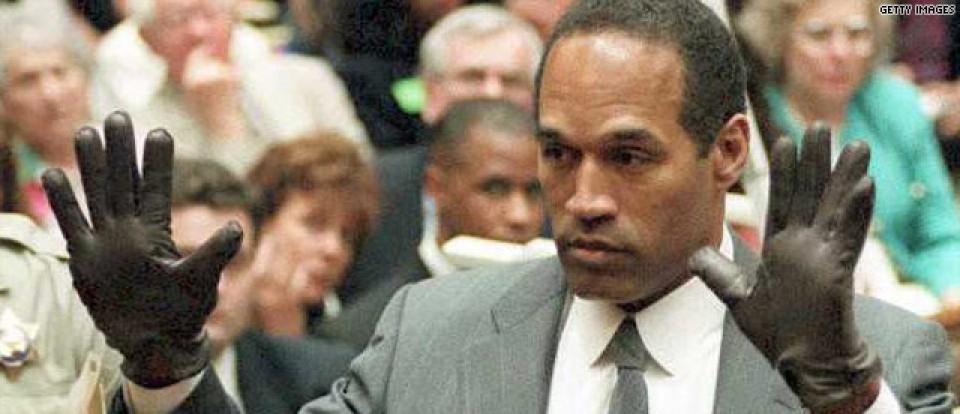The bad news is this: you’ll never want to sponsor, exhibit at, or even attend another conference after this one. The Midwest Business Group on Health just set the standard so high that any other show would be a letdown.
The regional business coalition shows–lately I’ve done Philly, Northeast, Pittsburgh, and South Carolina–have all featured excellent speakers and diverse attendees.
It turns out there is a specific reason for this: the regional coalition charters typically require that actual employers comprise the majority of the boards and attendees. Consequently, their conference agendas are not exclusively devoted to vendors breathlessly pitching their outcomes fantasies, punctuated by genuflections to the “Harvard Study” and its 3.27-to-1 ROI.
Instead, the speakers are edgy and controversial. (“Controversial” means “agree with me.”) I would even concede that one of them — Todd Bisping of Caterpillar — was more entertaining than I was. I made a mental note never to present directly after him.
The conference organizers, Larry Boress and Cheryl Larson and Mindy McBee, selected a great venue on the 80th floor of a Chicago skyscraper, designed the layout so that vendors would be in proximity to attendees but not in their faces, and provided some relaxation/meeting space as well. All the food offerings were delicious and, yes, healthy. (Plus, Zipongo was giving out goji berries.) There was just the right ratio of people to space, so that it felt energized but not crowded, and there was none of that feeling you get in large conference venues of endless walking in cavernous marble vestibules.
The whole thing ran very smoothly. It usually takes a lot of work to make something look easy, and I’m sure this was no exception.
And, yes, I know it’s not always about me but my presentation was very well-received. MBGH conducted one of those electronic polls, both before and after my slides, to see what people thought of wellness economics. Because this was a sophisticated audience, even the “before” picture showed that only 20% of attendees were pleased with their wellness program’s outcomes. 45 minutes later — same question–only 10% were.
Following my keynote was an expert reaction panel, featuring Bruce Sherman, Tom Ciccotti, Sandra Morris and Kim Dwyer. As a “reaction panel,” they were supposed to give me hell but really they only gave me heck, meaning mostly in agreement but bringing up a few issues I had overlooked or understated. Tom quite justifiably called me out on making sure I drew a bright line between “pry, poke and prod” programs vs. “wellness for employees,” a category that includes a lot of emerging programs that he has industry-leading expertise with. Bruce brought up the importance of stress and financial well-being programs, which I hadn’t mentioned but which are increasingly important, prevalent and, needless to say, preferred by employees over pry, poke and prod.
I had urged screening according to guidelines. Sandra pointed out that the USPSTF guidelines give skin cancer screening an “I”, meaning not enough information. Skin cancer would be one place where a company might recommend and fully cover screens above and beyond USPSTF, since USPSTF seems timid on this score. Skin cancer would seem to fit the bill for screening, as it is very common and the consequences of “false positives” are quite minimal.
As an aside, I have always maintained a company shouldn’t be wedded to the USPSTF–but if they deviate, they need a very good reason. “The employers make us do it,” the excuse offered by Optum’s Seth Serxner for overscreening, would be an example of a reason that does not fit that description. This is especially true when Optum’s PR person — after accusing me of making Optum “look bad” by quoting Mr. Serxner verbatim — was subsequently unable to identify a single employer willing to state: “Yes, we decided to overscreen employees despite Optum’s objections.”
Kim Dwyer disagreed with my overall assessment of wellness economics. She stated that her organization’s wellness program will pay off in reduced wellness-sensitive medical events in 2018-2020. I wish her the best in achieving that goal and as of this posting am now offering to measure those outcomes gratis.
The conference also featured a free vendor wellness screening that included checking the tightness of employees’ calves. Loosening employee calves is the key to reducing healthcare costs and increasing productivity, For example, suppose your wellness programs recommends drinking eight glasses of water a day.

If you get up from your desk too quickly because you really really really have to pee but your calves are tight, you could tear your Achilles heel.
Fortunately that won’t happen to me. This vendor stretched my calves out quite a bit. And they stayed loose, probably looser than they’ve ever been–until I was asleep, when the left one went into spasm.



Excellent…..
LikeLike
yes–not all the news is bad and not all conferences are bought and paid for by wellness vendors. Other balanced conferences include the Population Health Alliance, IHPM, and the Population Health Colloquium.
LikeLike